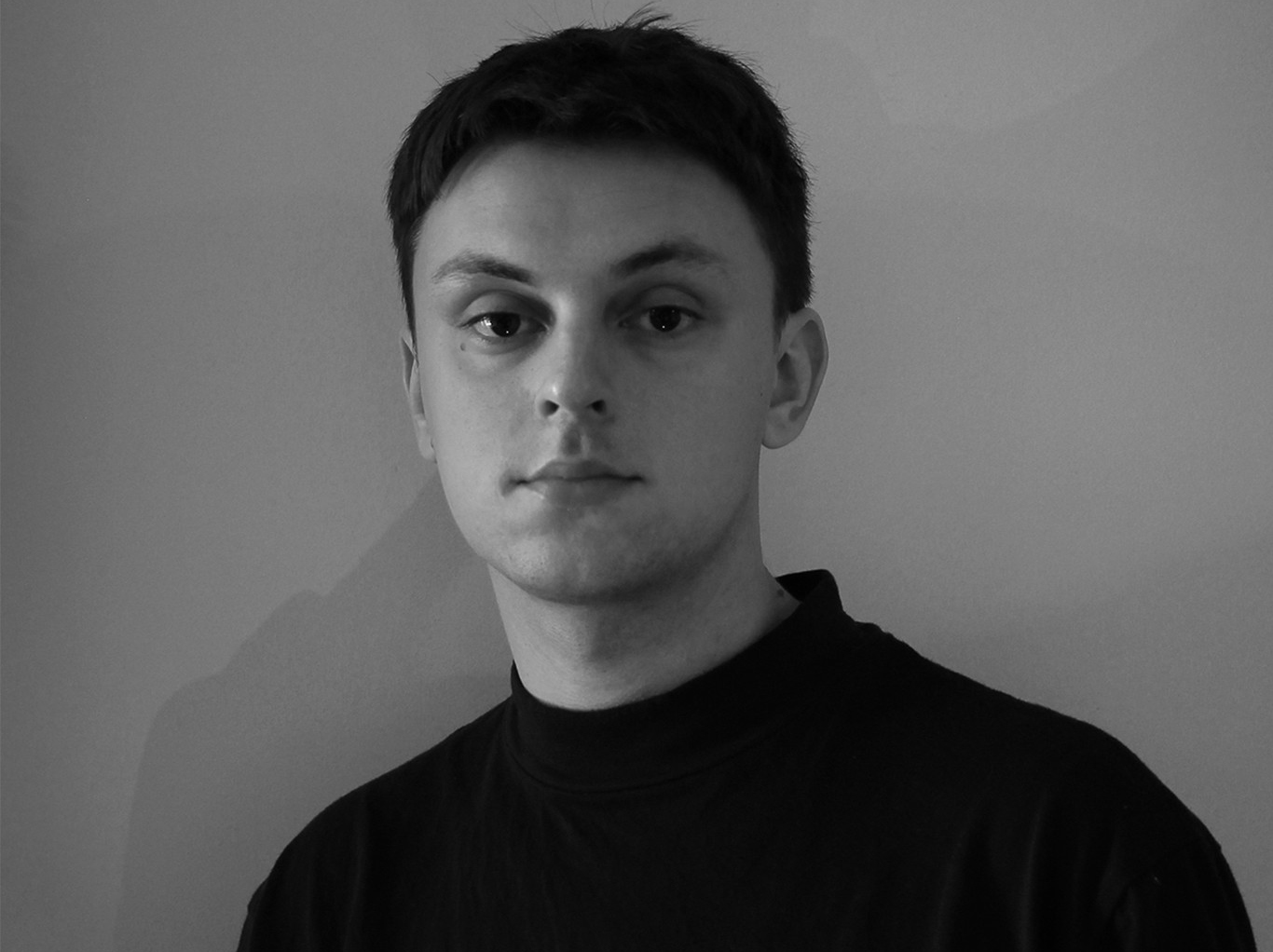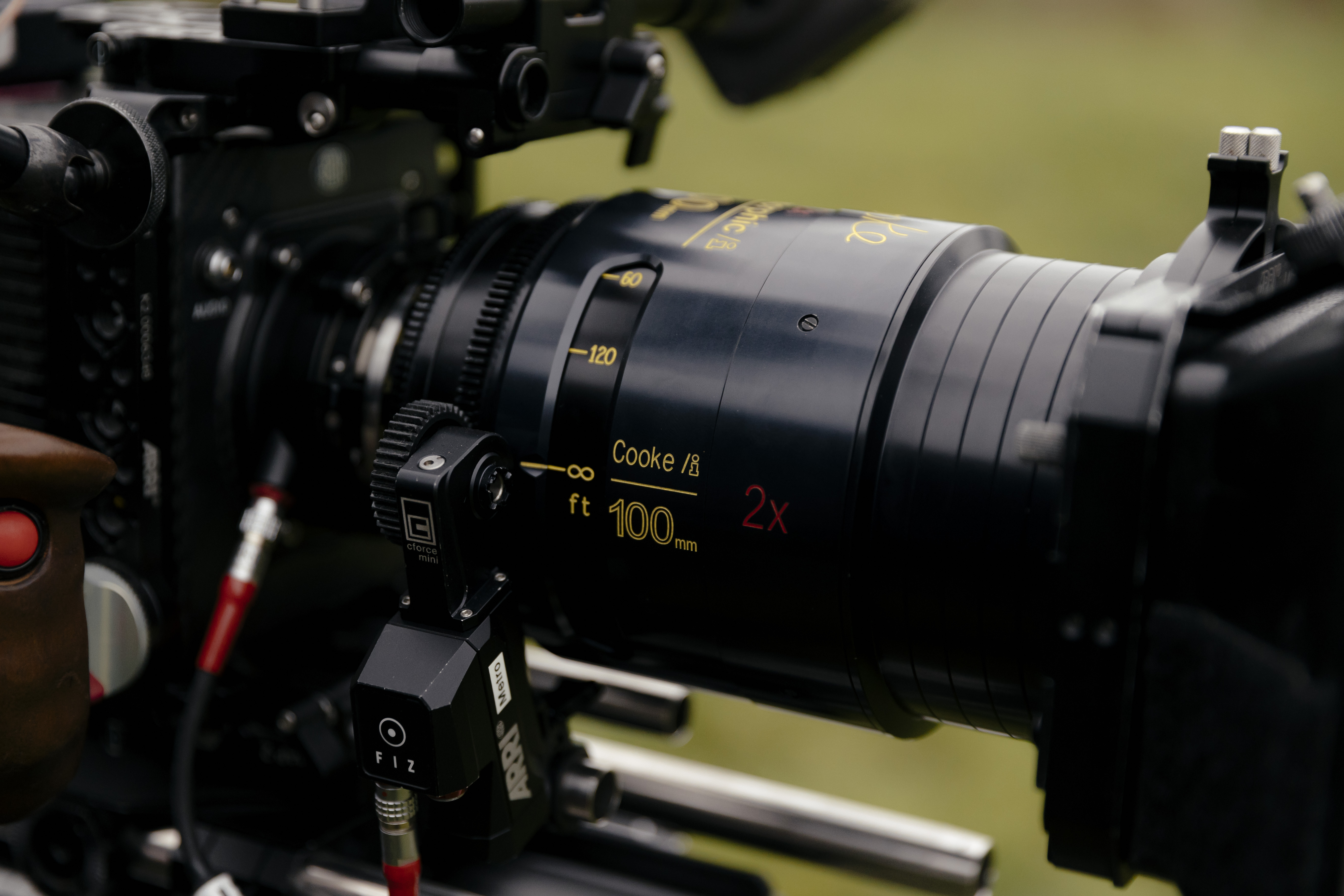
From Tradition to Innovation
Insights & Outtakes
Supernormal's lead cinematographer, Mason Bennett, explains his approach to craft, embracing new tech, and creating a collaborative set environment to create standout work.
SN:
How do you approach lighting setups to enhance the mood, highlight product details, or create a specific atmosphere?
MB:
I connect to lighting that feels grounded in reality, and try to carry this into my work. It’s all project to project and there is no blanket lighting setup that works for everything. Some TV commercials ask to be lit theatrically (see Dunch) others live in a filmic/cinematic style (see Hyundai’s Kona SII and Hands in the Dirt).
I would say my visual tastes skew towards that sort of cinematic magical-ness, and I find anamorphic lenses open up that portal. The thing I enjoy most about commercial film making is that it is this collective well of influences from all sides and backgrounds (Production, Agency, Clients). There are so many different influences that keep it fresh, and a platform to play with new ideas.
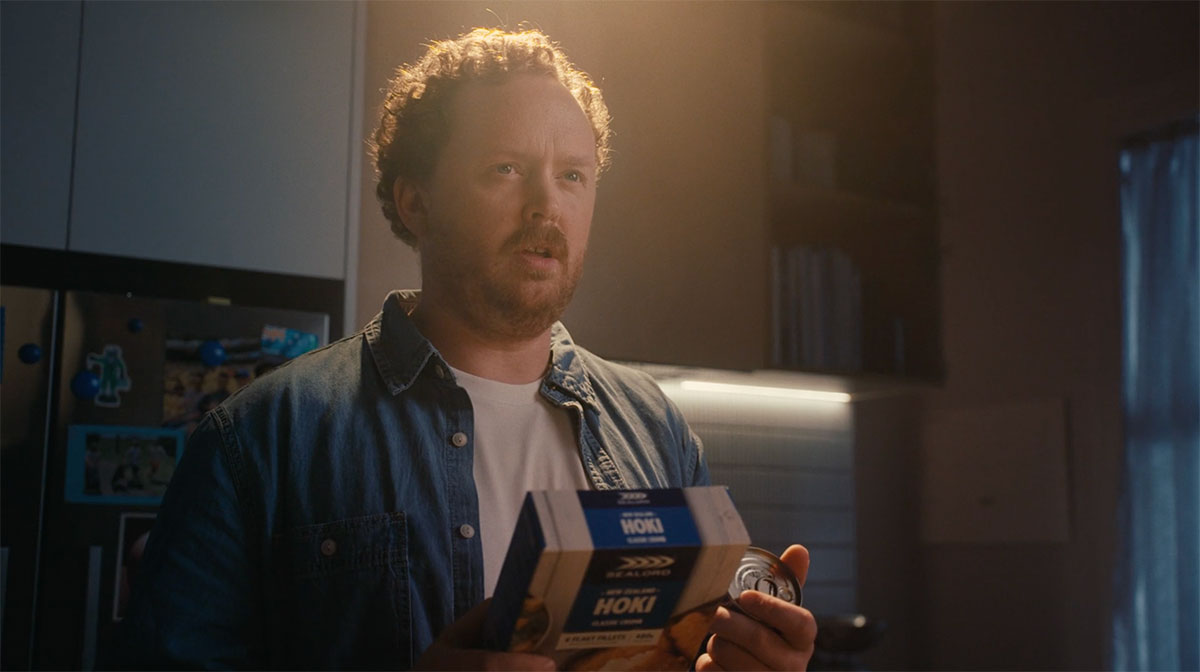
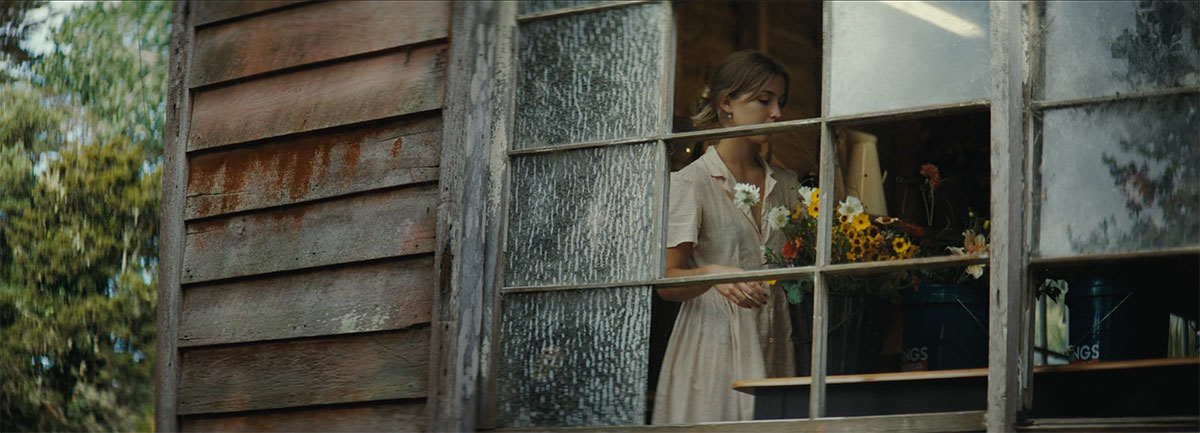
SN:
Describe your process of collaboration. Be that with the director or other members of the production team to translate their vision into compelling visuals?
MB:
At the risk of sounding cliche, I'd consider my approach very hands-on. I have a korero with the director early on to start understanding what they see in their minds eye for the commercials look and feel. Visual references are helpful here to make sure we are on the same page. Sometimes the look of a commercial is prescribed from the boards, so I always like to try and push to see how we can elevate that.
It might mean exploring a new camera move, or a different lens for a particular shot. These infancy stages are super exciting as the project only exists in the minds of the team. We are all playing with how to fully realise it as a finished piece. It’s a time to flirt with ideas that may be considered silly, colours, unique angles, lighting, camera movement and lensing.
SN:
How do you adapt your cinematography style to cater to different brands while maintaining a quality and creativity?
MB:
Close collaboration with the director, production, and many conversations with creative pals opens the door to understanding what works for different brands and target audiences.
I am fortunate to have access to high end camera and lens equipment that gives freedom on set to create a constant level of visual quality. Every commercial calls for a different look and feel so not being tied to a particular piece of gear allows creative flexibility.
SN:
When approaching a campaign like Popstars, what were some technical considerations you take into account to ensure the visual style aligns with the message and overall brand aesthetic?
MB:
Colour was an important motif for TVNZ's Popstars. We took cues from the brand and used this as an accent with the lighting. Sealords 'Dunch' used a TV gag to motivate a teal edge push. I think it's important to make it feel like it is part of the scene, otherwise, the viewer will have a disconnect and it will feel contrived. That seems to be the ongoing challenge, how do the film makers create a visual world that captures the brand, and still manages to connect with an audience?
SN:
How do you strike a balance ensuring the product or brand remains the primary focus?
MB:
Traditionally, visually stunning shots = the product/brand remaining the primary focus. I can’t think of brand that wants their product to look bad. But for sure, there is a point where visuals can overpower the messaging. And that’s the challenge. How can I ensure the visuals don’t overpower the message? It’s a tricky question. I feel it comes down to gut instinct. What looks and feels right to my eye.
The greatest challenge of advertising (and filmmaking) is making it feel authentic. Humans have an innate ability to distinguish truth, and generally an advertisement stretches that. You want the audience to connect to it as a substantial emotional image. It's that sweet spot between what feels real and imaginary all at once. I feel that’s what I am chasing throughout all my work.
SN:
How do you collaborate with the post-production team to ensure the desired visual aesthetic intended for on set, translates to the final product?
MB:
I believe all cinematographers should have an advanced understanding of editing. I think it’s easy to get fixated on a single shot/frame but filmmaking is a temporal medium, and therefore understanding how it works as a whole rather than just the sum of its parts is crucial. What’s shot comes before? How does it feel going from an extreme close-up into an extreme wide. Is that the best way to serve the story and characters?
Thinking about the edit informs so many decisions I make on set. A question I like to ask is what is the pacing of the edit? This dictates how long I will hold on shots, and how I will operate to give options to create energy in the cut. If the edits pacing is slow the camera moves reflect this, and usually more restraint is exercised. I often find myself cutting the project together in my head whilst I am shooting, sometimes there might be magic occurring that isn’t boarded so I’ll roll on it and it will find it’s way to the finished cut. I collaborate closely with Supernormal’s head of post Archie and we workshop ideas. He has an extensive understanding of film making not just by theory, but by taste. I find these conversations help inform a lot of ideas I take to the shoot.
My preferred communication method is always people getting together in a room to collaborate. It feels the most honest, and the most efficient way to tackle complex creative problems.
While prepping for commercial shoots I will often bring a small video camera to the reece so we can shoot an animatic. It’s a helpful tool to further visualise the locations, and get more of a feel of how shot timings land in the edit. Some times I find there is overprepping of a project. I think holding onto an element of playfulness allows an opportunity for moments you would otherwise miss entirely. That magic can only occur in the present moment, and I really love having a set that allows that to happen.
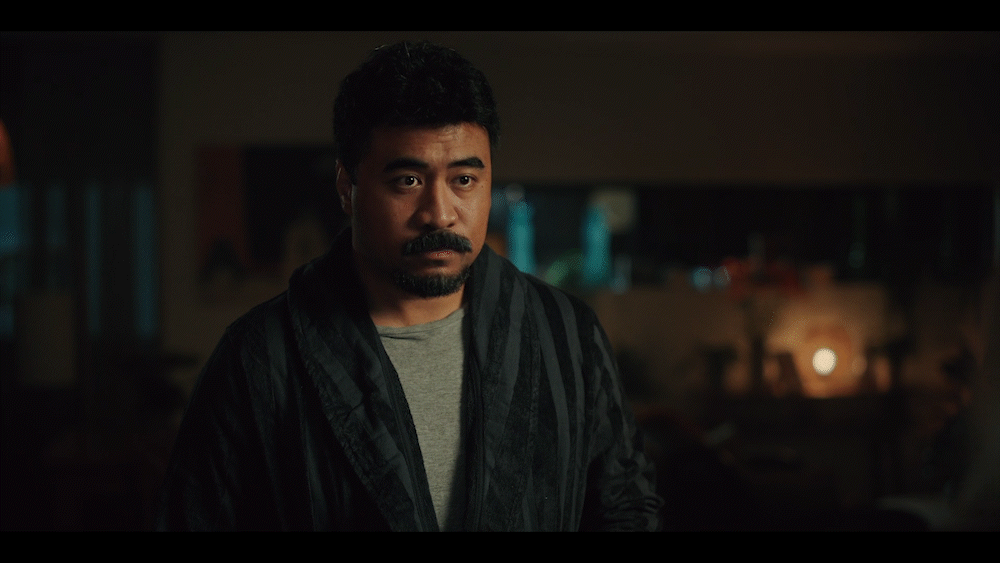
SN:
What about some of the personal challenges that arise?
MB:
There is a theme around truth here. Which is poignant to cinematography as a whole. As soon as you point a camera at a subject it changes the feeling associated to it. Different decisions can change how the viewer feels about a product and brand (if we are talking strictly to commercials here). So it’s the challenge of creating a visual world that an audience watches, and can connect with.
Social media is another challenge. It has influenced which lenses are chosen for jobs. I have noticed clients are feeling a need to move away from the anamorphic capture format, which is understandable, but a hard one to give up because it opens up a portal to cinematic magical land. The need to create mobile first imagery is changing the way traditional TVCs are shot. I think warmly embracing this, rather than shunning it, is important for the evolution of the commercial cinematography medium.
SN:
Are there any recent advancements that have significantly influenced your approach to shooting?
MB:
Being on top of cinematography trends is important, but I try not to get too caught up in it. Most of my influences come from cinema. The work of Deakins, Chivo, Bradford Young, Greig Fraser. I’ve been experimenting with DaVinci Resolve, and being able to create a LUT that is carried through production has significantly influenced my approach to shooting. Shot deck is amazing tool for pulling visual references. I’ve been playing with the AI overlords by way of Midjounrney but it’s not something I personally find super helpful in its current form. Chat GPTs cool though
Questions answered by Open AI’s Chat GPT.
